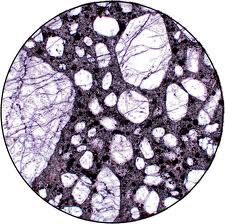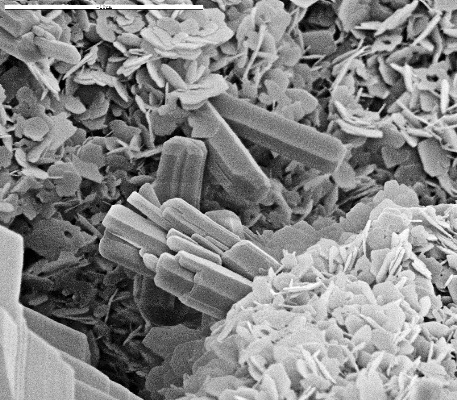Petrographic Analysis for Conservation Workshop

The National Center for Preservation Technology and Training (NCPTT)
and The Center for Historic Architecture and Design (CHAD) in the
University of Delaware's School for Public Policy and Administration
are partnering to host a two-day hands-on workshop on the uses of
polarized light microscopy for the study of stone and ceramic
cultural materials. The workshop will be held March 27-28, 2012 at
the National Conservation Training Center in Shepherdstown, West
Virginia.
Polarized light microscopy of stone and ceramics, known as
thin-section petrography, is a crucial tool for the study of ancient
and historic objects and building materials. The technique is used
to identify materials and their possible sources, understand
production technology and object functions, study deterioration
mechanisms, and assess preservation strategies and conservation
treatments. However, specialized expertise is required to use this
technique effectively. Preservation professionals, including
conservation scientists, conservators, and archeologists, will
benefit from this workshop. Students studying or interested in
conservation are welcome.
The lead instructor for the workshop is Dr. Chandra L. Reedy, a
professor in CHAD and director of the laboratory. The workshop
builds on her 2008 book, Thin-Section Petrography of Stone and
Ceramic Cultural Materials, with Archetype Publications, London.
(The book was the product of a successful Preservation Technology
and Training Grant from NCPTT.). The workshop will begin with an
introduction to polarized light microscopy as a method for
identifying minerals. Subsequent sessions will focus on analysis of
cultural materials made of stone (igneous, sedimentary, and
metamorphic) and on pottery, terracotta sculptures, bricks, tiles,
and clay core materials from bronze castings.
The workshop is open to 20 participants.
The cost of the workshop is $299.
Registration is open through March 6, 2012 at:
http://ncptt.nps.gov/petrographic-analysis-for-conservation
Participants are responsible for their own travel, housing, and
meals. Participants are strongly urged to stay on-site at NCTC.
Workshop hotel costs, which include all meals, are $129 per night
for single room, plus tax.
National Conservation Training Center (NCTC)
Shepherdstown, West Virginia
March 27-28, 2012
Jason Church
Materials Conservator
National Center for Preservation Technology and Training
645 University Parkway
Natchitoches LA 71457
318-356-7444
Fax: 318-356-9119


